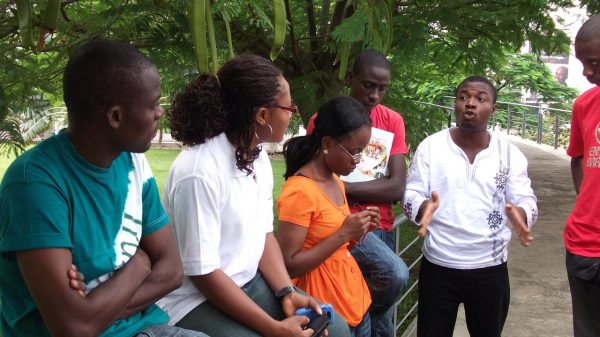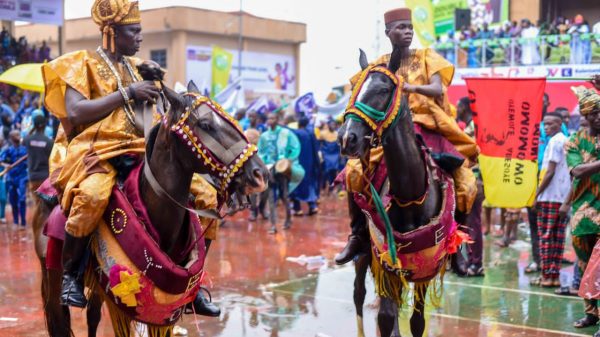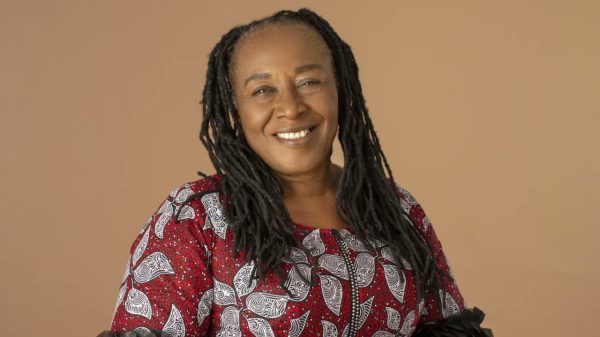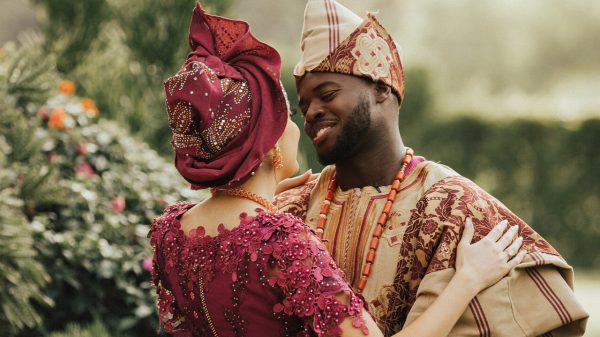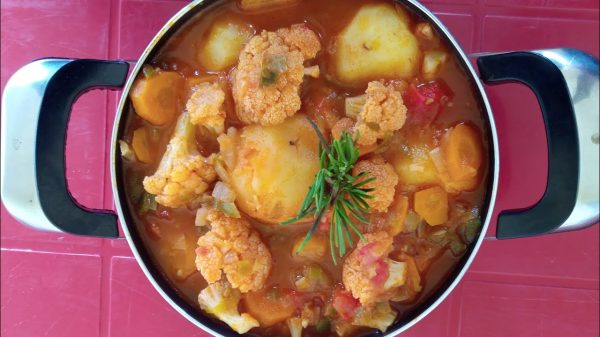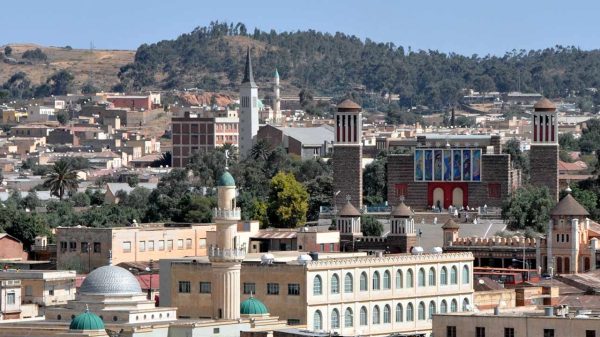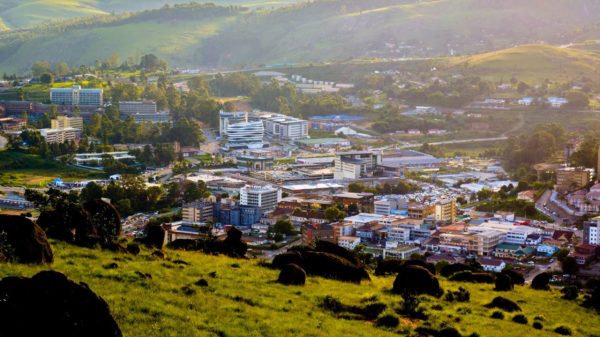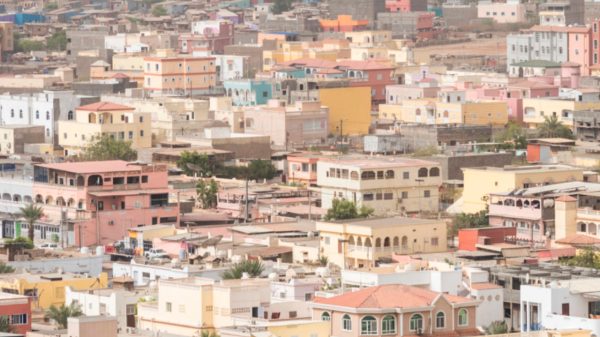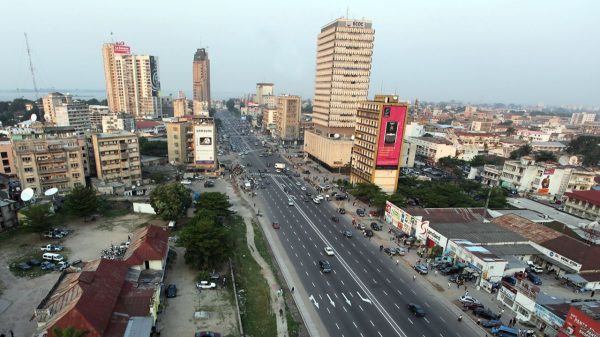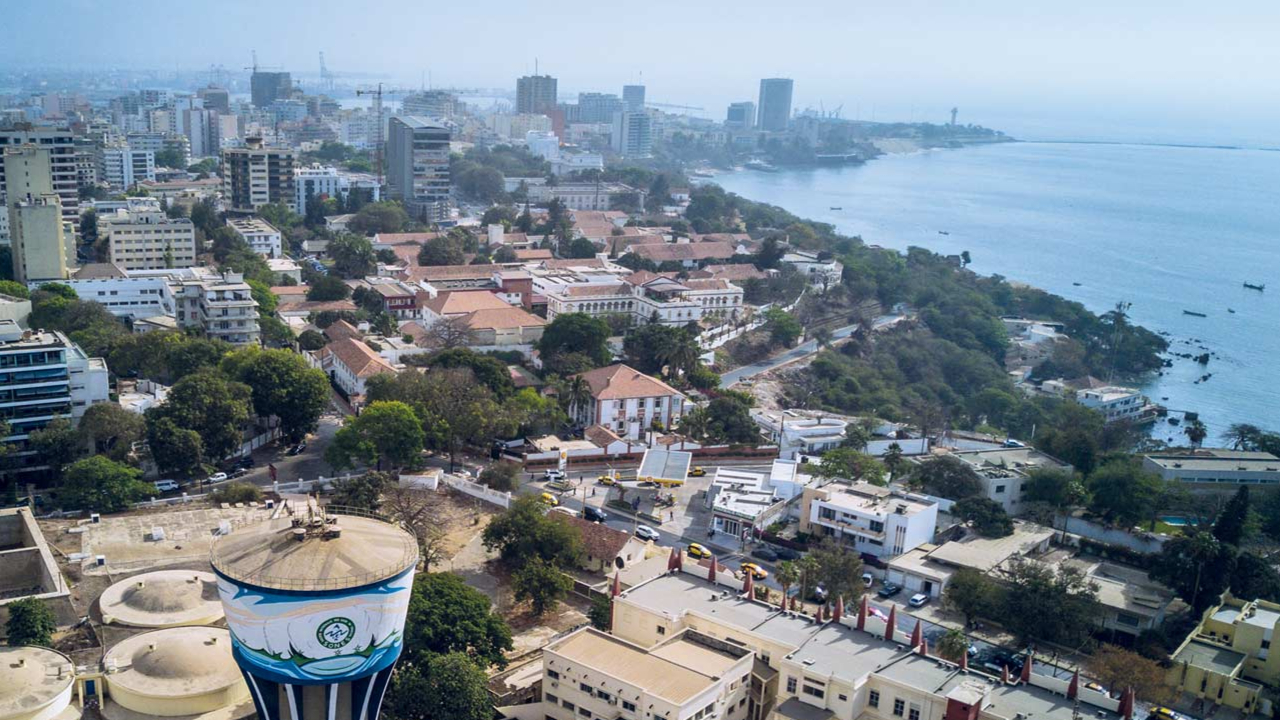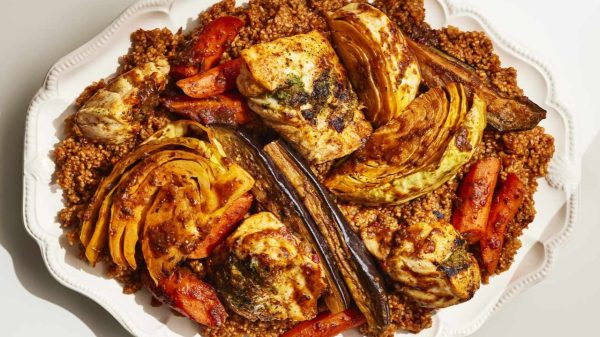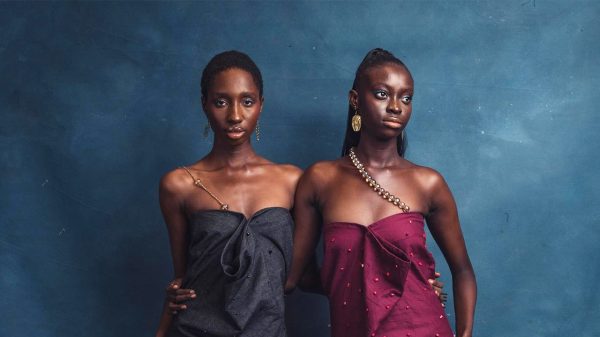Senegal, the “Gateway to Africa,” boasts a vibrant culture and captivating history.
Situated as the westernmost country in mainland Africa, it’s a land of diverse landscapes, from sandy beaches to the semi-arid Sahel. Once a significant hub in ancient kingdoms and a key point for trans-Saharan trade, Senegal later became a French colony before gaining independence in 1960.
Today, it stands as a relatively stable democracy with a rich tapestry of ethnic groups, a unique blend of French and local influences, and a growing presence on the global stage. Its welcoming spirit, often embodied by the concept of “Teranga,” makes it a fascinating destination. Here are 10 interesting facts on the country:
1. Diverse Ethnic Mosaic
Senegal is home to over 20 distinct ethnic groups, each contributing to the nation’s cultural richness. The Wolof people constitute nearly 40% of the population and have a highly stratified society with a hereditary nobility and a class of musicians and storytellers known as griots. Other prominent groups include the Fulani, Serer, Diola, and Malinke, each with unique traditions and languages. This diversity fosters a multilingual society where many Senegalese are fluent in multiple languages.

2. Linguistic Landscape
While French serves as the official language due to colonial history, Senegal’s linguistic landscape is dominated by indigenous languages. Wolof is the most widely spoken, understood by over 80% of the population. This prevalence has led to a gradual shift in various sectors, including government and media, where local languages are increasingly favored, reflecting a move to reclaim cultural identity.
3. Island of Shells: Fadiouth
Joal-Fadiouth, commonly known as the “Island of Shells,” is a unique car-free island constructed entirely from accumulated seashells over centuries. Connected to the mainland by a wooden bridge, the island features shell-made streets and houses, and even its cemetery is layered with shells, symbolizing the harmonious coexistence of Christian and Muslim communities.
4. Gorée Island’s Historical Significance
Located just off the coast of Dakar, Gorée Island was once a major center for the Atlantic slave trade. From the 15th to the 19th century, it housed a fortress, slave quarters, and traders’ residences. Today, it stands as a UNESCO World Heritage Site, with the House of Slaves museum serving as a poignant reminder of this dark chapter in human history.
5. Seven UNESCO World Heritage Sites
Senegal is proud to host seven UNESCO World Heritage Sites, reflecting its rich cultural and natural heritage. These include the Island of Gorée, the Stone Circles of Senegambia, and the Djoudj National Bird Sanctuary, which is a haven for numerous bird species. The Sine-Saloum Delta, with its intricate mangrove ecosystem, is another highlight, offering insights into the harmonious relationship between humans and nature.
6. Pink Waters of Lake Retba
Lake Retba, commonly known as Lac Rose, is renowned for its striking pink hue, resulting from the presence of Dunaliella salina algae. This salt-rich lake supports a thriving salt-harvesting industry, where workers extract salt by hand, often spending hours in the saline waters. The lake’s unique coloration and economic significance make it a popular tourist attraction.

7. Dakar: A Bustling Cultural Hub
Dakar, Senegal’s capital, is a vibrant city known for its lively markets, diverse music scene, and rich history. The city hosts the African Renaissance Monument, a towering 160-foot statue symbolizing African liberation and rebirth. Dakar’s coastal location also offers stunning ocean views and serves as a gateway to various islands and beaches.
8. African Renaissance Monument
Standing at 160 feet, the African Renaissance Monument in Dakar is the tallest statue in Africa. Unveiled in 2010, it depicts a man, woman, and child emerging triumphantly, symbolizing Africa’s emergence from colonialism and looking forward to a hopeful future. The monument offers panoramic views of the city and the Atlantic Ocean.
9. Rich Musical Heritage
Senegal’s music scene is deeply rooted in its cultural traditions, with genres like Mbalax blending traditional rhythms with modern influences. Internationally acclaimed artists such as Youssou N’Dour and Baaba Maal have brought Senegalese music to global audiences, infusing traditional sounds with contemporary styles. Music plays a central role in social and ceremonial events, reflecting the nation’s vibrant cultural identity.
10. Diverse Wildlife and National Parks
Senegal boasts several national parks and reserves that protect its diverse flora and fauna. The Niokolo-Koba National Park, a UNESCO World Heritage Site, is home to species such as elephants, lions, and chimpanzees. The Djoudj National Bird Sanctuary provides a habitat for over a million birds, including pelicans and flamingos, making it a birdwatcher’s paradise.
11. Tolerance and Religious Harmony & The Concept Of Tarenga
Although predominantly Muslim, Senegal is renowned for its religious tolerance and secularism. Communities of different faiths, including Christians and practitioners of indigenous beliefs, coexist peacefully. This harmony is exemplified in places like Fadiouth, where Christian and Muslim cemeteries lie side by side, reflecting mutual respect and unity.
Teranga, a Wolof term from Senegal, embodies a profound sense of hospitality, generosity, and community. It’s more than just welcoming guests; it’s a cultural philosophy emphasizing respect, solidarity, and sharing with others, regardless of their background. This ethos permeates daily life in Senegal, where offering food, assistance, and kindness to strangers is customary. Teranga reflects the nation’s commitment to inclusivity and mutual support, making it a defining characteristic of Senegalese identity.
12. Historic Saint-Louis
Founded in the 17th century, Saint-Louis served as the capital of French West Africa. Its colonial architecture and layout have earned it a place on the UNESCO World Heritage list. However, many of its historic buildings are now in need of restoration due to neglect and limited funding, highlighting the challenges of preserving colonial-era heritage.
13. Léopold Sédar Senghor: Poet President and Cultural Icon
Léopold Sédar Senghor, born in 1906 in Joal, Senegal, was a distinguished poet, philosopher, and politician. He co-founded the Négritude movement, which celebrated African culture and identity in response to colonial oppression. Senghor’s literary works, infused with themes of African heritage and humanism, gained international acclaim. In 1960, he became Senegal’s first president, serving until 1980. His leadership emphasized cultural development, education, and the promotion of African unity. Senghor’s legacy endures in Senegal’s emphasis on cultural pride and intellectual pursuit.
14. Senegalese Wrestling: A National Sport Rooted in Tradition
Known locally as “Laamb” or “Lutte Sénégalaise,” Senegalese wrestling is a traditional sport that has evolved into a national obsession. Originating among the Serer people in the 14th century, it was initially a ritualistic practice performed during harvest festivals to determine the strongest men in the community. Today, matches are grand events, blending athleticism with cultural rituals, including drumming, dance, and spiritual preparations. Top wrestlers achieve celebrity status, and the sport offers a pathway out of poverty for many young men.

15. The Baobab Tree: Senegal’s Iconic ‘Tree of Life’
The baobab tree, known as “gouye” in Wolof, stands as a national symbol of Senegal. These ancient trees can live for over a thousand years and are characterized by their massive trunks and distinctive, sprawling branches. Baobabs hold significant cultural and practical value; their leaves, fruit, and bark are used in traditional medicine and cuisine. Historically, communities have gathered under baobab trees for meetings and ceremonies, reinforcing their status as communal landmarks. The Samba Dia Baobab, with a circumference of 33 meters, is among the largest in the country.
Subscribe to our Newsletter
Stay updated with the latest trends in African Pop Culture!


